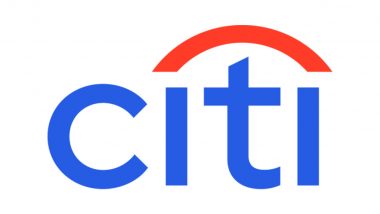The finance world hasn’t been immune to the economic shake-ups and radically changed consumer behaviors of 2020. Yet, the fast pivots and market uncertainties have not led to major innovation stalls. Instead, they’ve ushered in a new era of fintech applications, advancements, and ideas.
For instance, mobile banking has soared during the pandemic. Accordingly, financial app use rose dramatically by 20% in America alone, according to Statista research. Other countries saw even higher spikes as consumers switched to digital everything, including managing their money and investments.
What will 2021 bring to the fintech sector? Though it’s not possible to say definitively, the following changes are already in full swing. Consequently, they’re likely to remain important for the duration of the new year.
1. Automation will drive self-service and tighten workflows.
Already, financial entities increasingly offer consumers the opportunity to conduct all or most of their transactions digitally. To increase efficiency levels further, fintech leaders have begun introducing software and platforms to erase friction points.
Automating processes offers a positive effect from many perspectives. First, it provides customers with viable avenues to solve many of their problems without relying on humans. The result? Higher confidence in their ability to make fiscal choices. Secondly, automation reduces customer service burdens on financial industry professionals.
Many workers are already exhibiting high levels of burnout. Based on research, PandaDoc, an all-in-one document automation software, posits that freeing employees from routine tasks lowers their stressors. Plus, thoughtfully applied automation can break up pipeline bottlenecks like loan agreements waiting for signatures. This shortens conversion cycles, improving commission-based workers’ satisfaction levels.
2. Biometrics will play a role in upping cybersecurity.
Internet criminals regularly hunt for gaps in digital security measures. The wider adoption of blockchain technology has reduced some of those gaps. Nevertheless, others remain. That’s where biometrics solutions are entering the picture.
Currently, biometrics remains in its early development stages. It’s also not quite touchless at this point. More people are open to biometric safety measures, especially if they can provide them with contactless, secure transactions.
For instance, biometrics software may soon be able to verify a customer’s identity reliably by scanning the user’s eye or leveraging high-powered facial recognition software. The turning point in the widespread acceptance of biometrics will lie not in its invasiveness but its accuracy and accessibility.
3. Consumers will seek out alternative lenders.
Traditionally, most people looking for mortgage or auto loans would head to a classic lender, such as a bank. Not any longer. Peer-based lending has increased considerably, and figures from Allied Market Research predict its global impact will exceed $550 billion by 2027.
This shift reveals just how willing people have become to seek out more attractive lending relationships—even if they’re unorthodox. The biggest concern with peer-to-peer lending, though, is how to regulate the process. Still, it’s not unthinkable to imagine a time when consumers can obtain funding for school, business ventures, and personal reasons from anywhere.
Case in point: Fintech seems to be moving more toward a “global mindset” position. Removing the obstacles that prevent country-to-country peer lending could level the lending playing field and foster more attractive terms.
4. Open banking will improve consumers’ financial freedom.
Open banking allows consumers to safely access their financial institutions to share certain information with other entities. Therefore, a person’s financial data can be cross-referenced effortlessly by any player within a given ecosystem. Personal Capital programs have already entered this market of investment management, but users want more.
A good example of this future tech would be a mobile investment portfolio app designed to help users get a snapshot of their finances. The app could retrieve valuable information about the user from banks, credit card accounts, and related sources. Using predictive, AI-driven software, the app would analyze findings and make individualized recommendations.
Although it’s not a “given,” open banking has already begun to happen here and there. Allied Market Research expects this increasingly popular fintech option to represent $43.15 billion in five years.
COVID-19 showed that it’s tough to figure out what will happen in a year. Despite this fact, fintech shows no signs of stagnancy. It’s a robust sector and ripe for numerous exciting disruptions to add value for consumers and financial businesses and employees.














 Quickly
Quickly




















